Tag: ART
-

How to Sign a Painting
Adding your signature to a painting is like adding a stamp to it that reads “finished”. It’s a sign that you’re satisfied with the painting and no longer consider it a work in progress. Is It Really Necessary to Sign a Painting? It’s not a legal requirement, but if you don’t add your name to […]
-
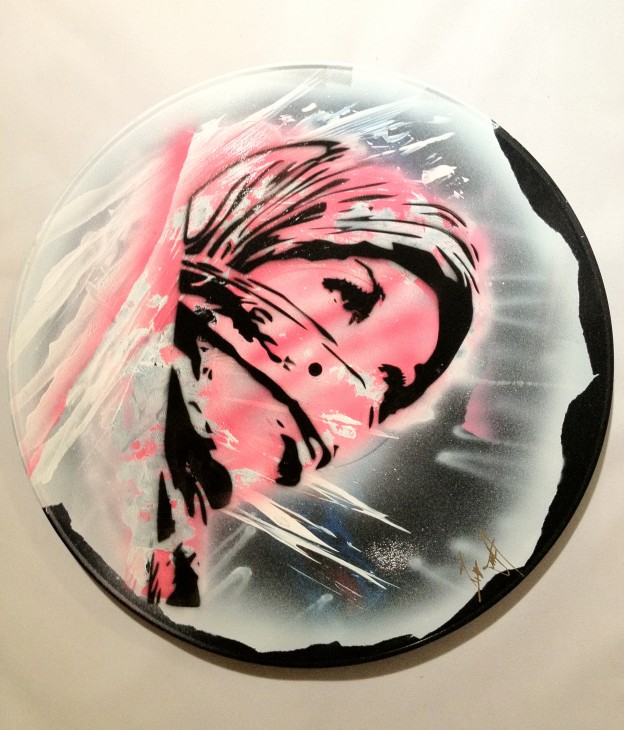
Amateur vs Professional Artist
After visiting two art exhibitions, one put on by my local art club and the other by a group of professional artists, I realized that whilst the amateur show had many ‘nice’ paintings, and showed a high level of painting ability, the professional show had many more paintings that had that ‘wow’ factor that made […]
-

How to Create a Body of Work and a Distinctive Style as an Artist
If you’re looking to get gallery representation, or to sell your art in some other, more innovative way, we have to assume that you already have a body of work that consists of at least 20 or 30 works in a style, medium, colors, and subject matter that distinguish you from every other artist in some way. […]
-
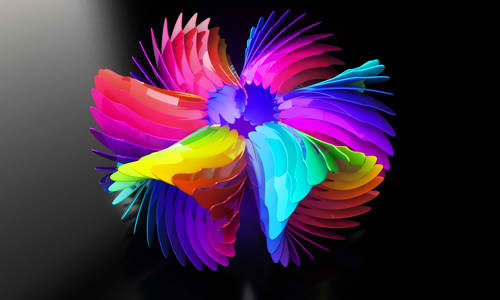
How to Test if a Paint Color is Opaque or Transparent
Different pigments have different covering properties. Some are extremely transparent, barely showing on top of another color. Others are extremely opaque, hiding what’s beneath. Considering this, and not just what the color is, can enhance a subject. For example, using a transparent blue in a sky gives a greater feeling of airiness than an opaque blue will. […]
-

Color Theory Lesson: Avoiding Black for Shadows
Think about how much is truly black in nature. Shadows are not simply black nor a darker version of the color of the object. They contain the complementary color of the object. Take, for example, the shadow on a yellow object. If you mix black and yellow, you get an unattractive olive green. Instead of using this […]
-
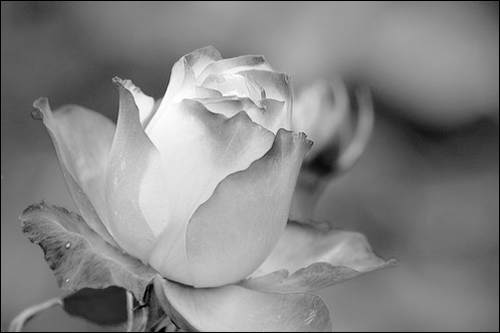
Color Theory Lesson: Using Black and White
While it may seem logical that to lighten a color you add white to it and that to darken it you add black, this is an oversimplification. White reduces brightness so although it makes a color lighter, it removes its vibrancy. Black doesn’t so much add darkness as create murkiness (though there are instances in […]
-
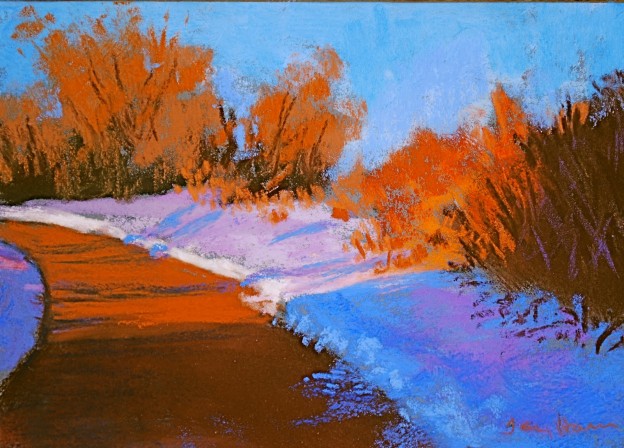
Complementary Colors
The complementary color of a primary color (red, blue, or yellow) is the color you get by mixing the other two primary colors. So the complementary color of red is green, of blue is orange, and of yellow is purple. What About Secondary Colors? The complementary of a secondary color is the primary color that […]
-
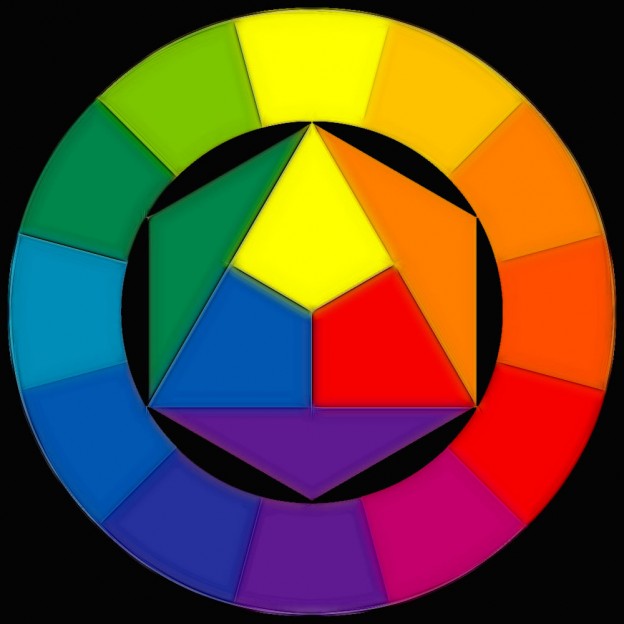
Tertiary Colors
Browns and grays contain all three primary colors. They’re created by mixing either all three primary colors or a primary and secondary color (secondary colors of course being made from two primaries). By varying the proportions of the colors you’re mixing, you create the different tertiary colors. What’s the Easiest Way to Mix a Brown? […]
-
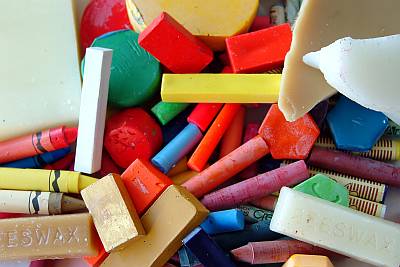
Mixing vs Buying Ready-Made Colors
Color mixing gives you a range of colors with a minimum number of tubes of paint (very useful when painting outside your studio). If you’re using a lot of a certain color, you’ll probably decide it’s easier to buy it in a tube rather than mix it up again and again. But you’ll find that […]
-
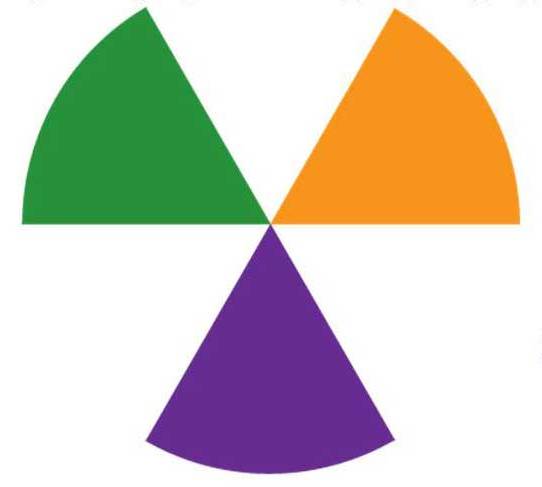
Secondary Colors
Secondary colors are made by mixing two primary colors together: red and yellow to get orange, yellow and blue to get green, or red and blue to get purple. The secondary color you get depends on the proportions in which you mix the two primaries. If you mix three primary colors together, you get a […]